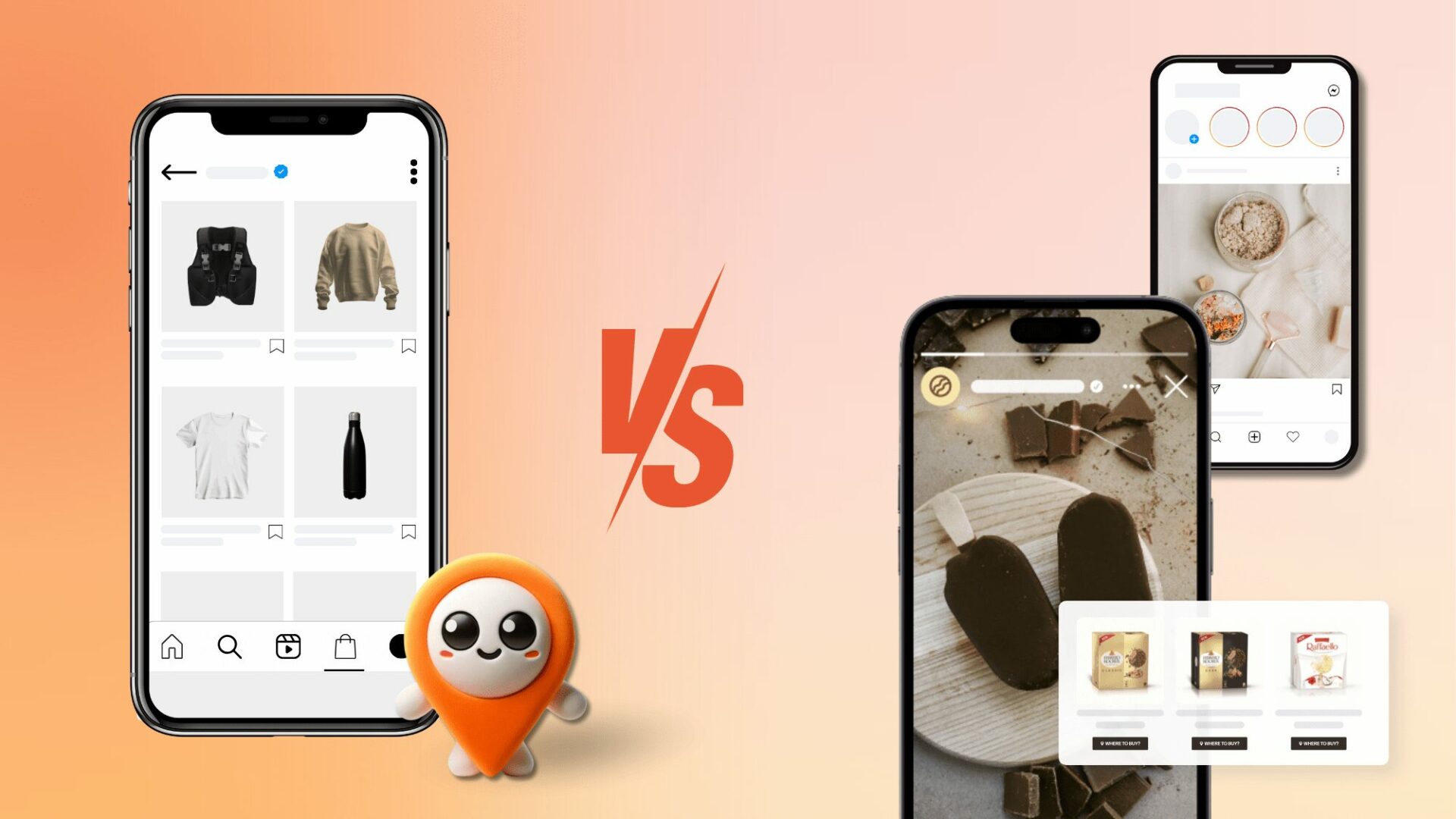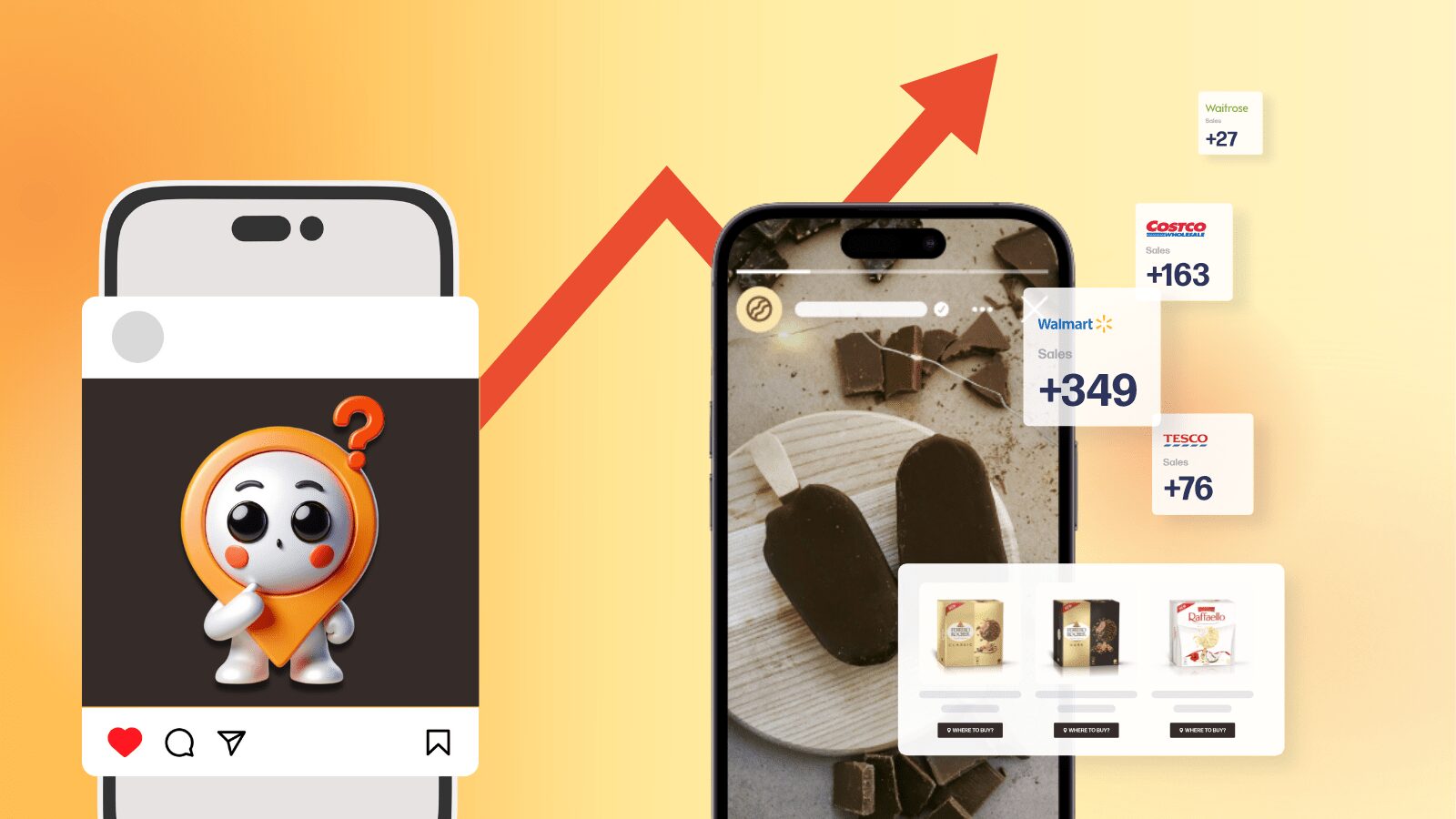Creating a consistent brand experience for your customers starts with developing an omnichannel strategy. With consumers more informed, connected, and empowered than ever before, brands must be agile in the way they communicate their messages—across multiple channels at various touchpoints of the user journey. To ensure success, you must prioritize creating meaningful interactions throughout their customer journey to make sure your target audience knows that you can provide them with reliable experiences across any device or platform. In this blog post we’ll cover how to use omnichannel tactics like personalization and cross-channel integration to create connections throughout each customer’s journey that will ultimately increase engagement and foster loyalty for your brand.
What is Omnichannel Marketing?
Omnichannel marketing is a multifaceted marketing approach designed to create a consistent brand experience across multiple digital touch points and social media channels. This strategy enables businesses to listen to customers, understand their needs and leverage technology in order to maximize the connection with customers, as well as increase sales and conversion rate. By utilizing data-driven best practices, omnichannel helps reduce shopping cart abandonment, retain loyal customers and deliver personalized experiences that strengthen the customer relationship. It’s no wonder why so many businesses are opting for an omnichannel approach– it provides the opportunity for organizations to meet customer demands and stand out from the competition by creating a unified experience for those interacting with your business online.
The importance of omnichannel marketing cannot be overstated. According to a survey by HBR, companies with strong omnichannel strategies retain 89% of their customers on average, compared to 33% for companies with weak omnichannel strategies. Another study by Salesforce found that 75% of consumers expect a consistent experience across multiple channels.
To deliver a consistent brand experience and meet the expectations of today’s customers, businesses must adopt an omnichannel marketing strategy. To do so, one must understand the ins and outs of the customer journey that they propose to consumers.
Understanding the Customer Journey
The customer journey is an integral part of staying connected with your customers and providing them with a great user experience. It involves numerous digital touchpoints ranging from social media interactions to conversions. A key part of the customer journey is understanding shopping cart abandonment, as this will give you insight into where potential buyers may be dropping off in their purchasing thought process. Ultimately, this helps you to determine how successful your conversion rate is and what steps should be taken to increase it in the future. By maintaining a firm grasp on the different stages of the customer journey, you can ensure that customers have a smooth path from discovery all the way through to purchase – ultimately creating an efficient, reliable and successful process for everyone involved.
The customer journey typically consists of the following stages:
- Awareness: The customer becomes aware of the business and its products or services, usually through marketing or advertising.
- Consideration: The customer considers whether the business’s products or services meet their needs and preferences. They may conduct research, compare products, or read reviews.
- Purchase: The customer decides to make a purchase and completes the transaction through a chosen channel.
- Retention: The business nurtures the relationship and keeps the customer engaged through means like loyalty programs, newsletters, and training sessions.
- Advocacy: The customer becomes an ambassador for the business and recommends it to those in their circle.
The customer journey is an integral part of staying connected with your customers and providing them with a great user experience. It involves numerous digital touchpoints ranging from social media interactions to conversions. A key part of the customer journey is understanding shopping cart abandonment, as this will give you insight into where potential buyers may be dropping off in their purchasing thought process. Ultimately, this helps you to determine how successful your conversion rate is and what steps should be taken to increase it in the future. By maintaining a firm grasp on the different stages of the customer journey, you can ensure that customers have a smooth path from discovery all the way through to purchase – ultimately creating an efficient, reliable and successful process for everyone involved.

Best Practices for Implementing Omnichannel Marketing
Creating a successful omnichannel marketing plan doesn’t have to be an overwhelming endeavor. Through a combination of best practices and savvy tips, you can deliver your brand’s message across all channels in an impactful way. With the right approach, developing an effective strategy for timeless success is well within reach.
Consistent Branding
Cohesive branding is key for creating a recognizable, engaging experience. From messaging to visuals and tone of voice – ensuring brand continuity across every channel will not only help build recognition but also showcase your values and personality in an impactful way.
Seamless Integration
For businesses to boost customer loyalty and satisfaction, providing a smooth and seamless experience across all channels is essential. To achieve this, it’s important to use centralized systems for both data storage and communication – that way you can ensure consistency throughout the customer journey as well as heightened efficiency. This unified approach will give your customers convenient access while building trust in your brand too.
Personalization
By utilizing customer data to personalize content and product recommendations across all channels, businesses can create a hyper-targeted brand experience. With strategic insights into behaviors and preferences gleaned from this valuable information, companies are emboldened to craft messaging that speaks directly to their customers in meaningful ways.
Customer Service
Businesses that want to enhance their customers’ trust and loyalty should make sure they are consistent in delivering high-quality customer service across all channels. Being prompt with inquiries, providing helpful responses, and going beyond the expected can help boost satisfaction levels while also leading to a successful business outcome. Rely on us for your essential advice when it comes to creating an exceptional customer experience!
The Benefits of Omnichannel Marketing
One of the biggest benefits of omnichannel marketing is that it helps create consistency throughout the customer journey. When done correctly, customers will have an uninterrupted experience as they move from one channel to another – whether it be from a website visit to a product purchase or from a social media post to an email subscription. This creates trust and loyalty with customers as they know what to expect when engaging with your brand no matter which channel they are using. Additionally, omnichannel marketing helps increase sales as it makes it easier for customers to make purchases across multiple platforms.
Another benefit of using an omnichannel approach is that it provides customers with more personalized experiences based on their past behavior and interactions with your brand – such as past purchases or web page visits – allowing you to better understand their needs and preferences. This information can then be used to tailor content or offers specifically for each customer based on their individual interests and needs. Finally, omnichannel marketing also helps boost brand awareness by offering multiple ways for customers to engage with your company – making it easier for potential customers who may not have been exposed to traditional forms of advertising (like TV commercials or print ads) to learn about your brand and become loyal followers.
Tools to use for an omnichannel experience
To create an effective omnichannel marketing approach, companies must tie together a variety of data and customer interactions across all channels. Leveraging the right tools can make this process seamless – from CRMs to email automation platforms, businesses have access to powerful technologies that allow them to seamlessly manage their customers’ experience. With these easy-to-use solutions at your fingertips, you’ll be able put each piece of the puzzle in place for success!
Customer Relationship Management (CRM) Software
CRM software is a powerful tool for managing customer data and interactions across all channels. By using a centralized system for customer data and communication, businesses can ensure consistency and efficiency across channels. CRM software can also provide valuable insights into customer behavior and preferences, enabling businesses to deliver personalized content and product recommendations.
Our choices: HubSpot, Salesforce, Microsoft Dynamics 365, Zoho, Pipedrive.
Marketing Automation
Marketing automation tools can help businesses automate marketing campaigns across all channels, ensuring a consistent and timely message. These tools can also help businesses target customers with personalized messaging based on their behavior and preferences.
Our choices: HubSpot, Marketo, ActiveCampaign, Pardot, Autopilot.
Analytics Tools
Analytics tools are essential for tracking and measuring the impact of omnichannel marketing strategies. By using analytics tools, businesses can track customer behavior across all channels and optimize their marketing efforts based on the data.
Our choices: Google Analytics, Adobe Analytics, Kissmetrics, Mixpanel, Segment.
Where to Buy Solutions
Where to Buy solutions can help businesses streamline the purchasing process for customers by providing a single, centralized location for purchasing across all channels. These solutions enable customers to quickly and easily find the products they’re looking for and purchase them through their preferred channel.
Our choice: Click2Buy.
Wrapping up
Implementing an omnichannel strategy into your marketing efforts can help strengthen your brand’s presence in the marketplace by providing customers with a consistent, unified experience across all channels – resulting in higher sales conversions, improved customer loyalty and greater brand awareness. By understanding how each channel fits into the overall customer journey and creating strategies tailored specifically for each channel’s capabilities – you can ensure that each interaction results in a positive outcome for both you and your customer. So why wait? Start building out an omnichannel strategy today!













